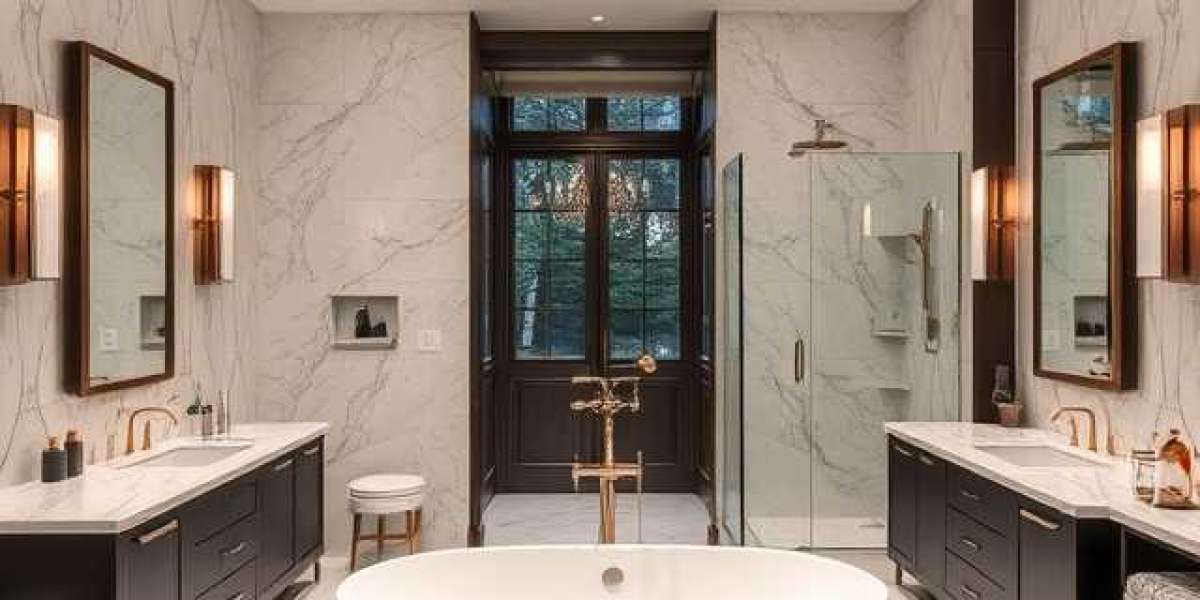Subway tiles have been a staple in interior design for over a century, offering a simple yet sophisticated look that complements various styles. Originally introduced in the early 1900s in New York City subway stations, these tiles quickly gained popularity in homes and commercial spaces worldwide. Today, subway tiles continue to be a versatile and stylish choice for kitchens, bathrooms, and other areas.
History and Origin
The iconic subway tile design dates back to 1904, when it was first used in the New York City subway system. The goal was to create a clean, bright, and easily maintainable surface that would appeal to commuters. Architects George C. Heins and Christopher Grant La Farge designed the classic 3x6-inch rectangular tiles, which soon became synonymous with hygiene and timeless elegance.
Why Subway Tiles Remain Popular
1. Versatility
Subway tiles are available in a wide range of colors, materials, and finishes. Whether you prefer a glossy white tile for a minimalist aesthetic or a bold-colored tile for a statement piece, subway tiles adapt effortlessly to various design styles.
2. Easy Maintenance
Their smooth, non-porous surface makes subway tiles resistant to stains, moisture, and grime. This quality makes them an excellent choice for high-traffic areas like kitchens and bathrooms, where cleanliness is essential.
3. Cost-Effectiveness
Compared to other tile options, subway tiles are relatively affordable, offering a high-end look without breaking the bank. Their widespread availability also means they can fit different budget ranges.
4. Timeless Appeal
Trends come and go, but subway tiles have remained a design favorite for decades. Their classic rectangular shape and neutral color options ensure they never go out of style, making them a safe investment for long-term design.
Different Ways to Use Subway Tiles
1. Classic Brick Pattern
The traditional running bond layout mimics the look found in early subway stations. This staggered pattern creates a timeless and clean aesthetic.
2. Herringbone Pattern
For a more dynamic and eye-catching effect, subway tiles can be arranged in a herringbone pattern, adding texture and movement to the space.
3. Vertical Stacking
A contemporary twist on the classic design, vertically stacked subway tiles create a modern, elongated look that enhances height perception in a room.
4. Color and Grout Variations
Experimenting with grout color can drastically change the look of subway tiles. Dark grout adds contrast and definition, while light grout creates a seamless and uniform appearance.
Choosing the Right Subway Tiles
When selecting subway tiles for your space, consider the following factors:
Material: While ceramic is the most common, subway tiles also come in porcelain, glass, and marble.
Finish: Glossy tiles reflect light and brighten spaces, while matte tiles offer a softer, more subdued look.
Size: While 3x6 inches is the standard, larger and smaller variations are available for customized designs.
Conclusion
Subway tiles remain a timeless and practical choice for homeowners and designers alike. Their versatility, affordability, and classic aesthetic make them a go-to option for enhancing any space. Whether you're renovating a kitchen backsplash, updating a bathroom wall, or experimenting with creative layouts, subway tiles provide endless design possibilities. With their rich history and modern appeal, it's easy to see why subway tiles continue to stand the test of time.











